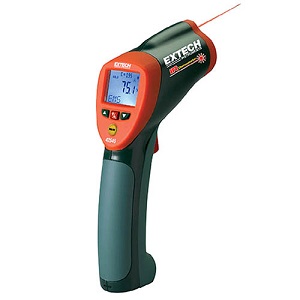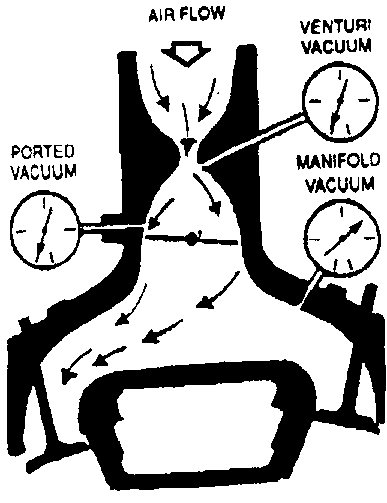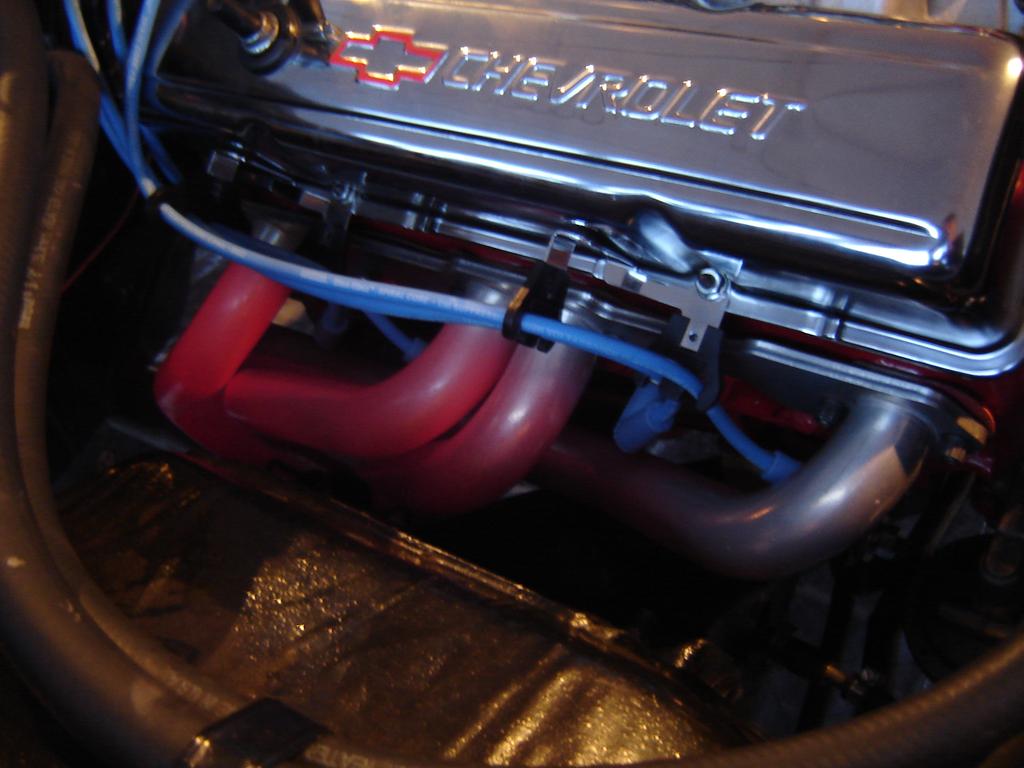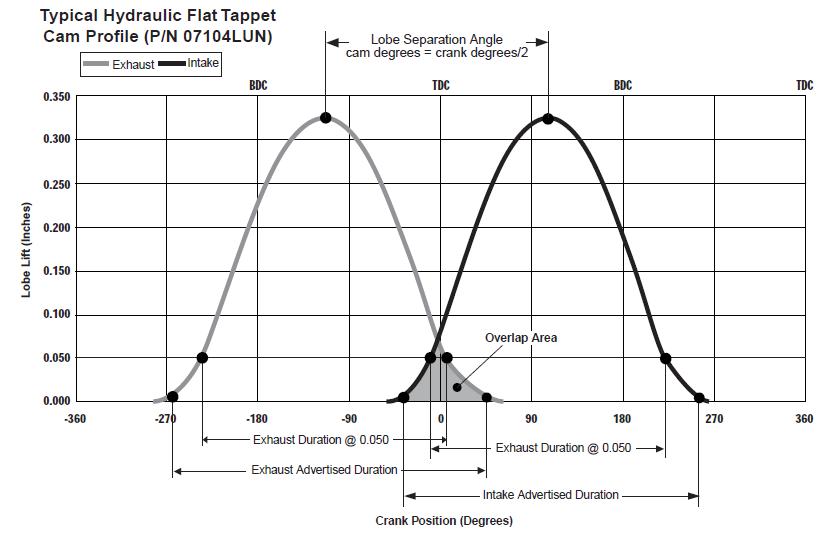B
bob
Guest
grumpyvette turned me onto use of this tool, and now that Ive gooten used to using it I can,t believe I every tried to tune an engine without one.
I use the same tool that grumpyvette uses, (after seeing how well his works)
this is the most consistently accurate I.R temp gun I've used for testing[/img]

http://www.testequipmentdepot.com/e...1100200223789&utm_content=All Extech Products
INFRARED TEMP GUN

http://www.professionalequipment.com/ex ... ermometer/
http://us.fluke.com/usen/Products/Fluke+568+566.htm
now if youve never used one let me give you an example
WHERE to point it
ok I usually point it at the top of the headers at the point just off the exhaust port about 1/2" from the cylinder heads
what to look for
basically temp differences between cylinders, but keep in mind the front two cylinders generally run a bit cooler due to the airflow from the radiator air cooling the front header tubes, and the rear two cylinders tend to run a bit hotter because of a lack of airflow while its sitting in your driveway or shop,naturally, how high the idle speed is set, the engines displacement, compression ratio, and how the injectors or carb is adjusted and how they are working and fuel pressure etc.and other factors will vary the temp, your not looking for a standard temp. on the headers as much as that tell tail variation between the cylinders temp indicating theres something different occurring.
BTW this info below and its sub links may help also
viewtopic.php?f=80&t=728&p=4775&hilit=+sensor#p4775
viewtopic.php?f=50&t=383&p=2301&hilit=+gauge+vacuum#p2301

vacuum gauges must be connected to manifold vacuum
TAKE NOTES
the tool has a lazer pointer so you can be consistent at where you point the sensors on the tool, grumpys got a small sheet of 3/4" plywood about 12" long and 6" wide with four holes drilled on each of the two longer edges and the fronts marked FRONT, the rears marked REAR and the other two sides are marked drivers and pass , the holes are about 1/2" and spaced about 2" apart ,allowing you to drop in the upper porcelain spark plug where the wires normally connect so the threaded section that goes into the heads is held up easy to see, theres a 1-3-5-7 on the drivers side and a 2-4-6-8 written, neatly in majestic marker and a clip for holding a 3"x6" note pad on the center., there a large magnet on the back covered with a thin layer of old inner tube so the board will stick to most air cleaners easily without leaving marks.
ALWAYS HELPS TO HAVE A SHOP MANUAL
viewtopic.php?f=80&t=728&p=8392&hilit=sensor+location#p8392
process
my buddy comes by and says his 440 road runners just not running as well as it should, I use the infrared gun and a spark plug socket and a ratchet, etc to pull the plugs and look at the plugs after it cools but before that I had him run the car around the block and we popped the hood and I took temp measurements , they gave me a good idea as to why the engine was not running correctly, the whole drivers side was running in the 670F-720F range, the pass side ran from 380F on the front cylinder to 912F on the rear cylinder.
checking for vacuum leaks I located a loose rubber vacuum line and after adjusting the carb it was rather obvious that the fuel distribution needed work.
I called grumpyvette and he suggested I pull the plugs and inspect them after the engine cooled down.
the front pass cylinder looked rather wet/black, the rear pass looked clear almost white, most of the rest looked rather dry/tan in appearance, testing with a v.o.m. revealed a bad high resistance plug wire on the front pass cylinder, and the rear pass cylinder port had a connection to the open vacuum line mentioned earlier.
after correcting the problems most of the cylinders ran in the 800f range
knowing there was a huge difference in exhaust temps helps point you in the correct direction and saves a good deal of testing and random parts swapping that used to go on when I was basically guessing most of the time!
I use the same tool that grumpyvette uses, (after seeing how well his works)
this is the most consistently accurate I.R temp gun I've used for testing[/img]

http://www.testequipmentdepot.com/e...1100200223789&utm_content=All Extech Products
INFRARED TEMP GUN

http://www.professionalequipment.com/ex ... ermometer/
http://us.fluke.com/usen/Products/Fluke+568+566.htm
now if youve never used one let me give you an example
WHERE to point it
ok I usually point it at the top of the headers at the point just off the exhaust port about 1/2" from the cylinder heads
what to look for
basically temp differences between cylinders, but keep in mind the front two cylinders generally run a bit cooler due to the airflow from the radiator air cooling the front header tubes, and the rear two cylinders tend to run a bit hotter because of a lack of airflow while its sitting in your driveway or shop,naturally, how high the idle speed is set, the engines displacement, compression ratio, and how the injectors or carb is adjusted and how they are working and fuel pressure etc.and other factors will vary the temp, your not looking for a standard temp. on the headers as much as that tell tail variation between the cylinders temp indicating theres something different occurring.
BTW this info below and its sub links may help also
viewtopic.php?f=80&t=728&p=4775&hilit=+sensor#p4775
viewtopic.php?f=50&t=383&p=2301&hilit=+gauge+vacuum#p2301

vacuum gauges must be connected to manifold vacuum
TAKE NOTES
the tool has a lazer pointer so you can be consistent at where you point the sensors on the tool, grumpys got a small sheet of 3/4" plywood about 12" long and 6" wide with four holes drilled on each of the two longer edges and the fronts marked FRONT, the rears marked REAR and the other two sides are marked drivers and pass , the holes are about 1/2" and spaced about 2" apart ,allowing you to drop in the upper porcelain spark plug where the wires normally connect so the threaded section that goes into the heads is held up easy to see, theres a 1-3-5-7 on the drivers side and a 2-4-6-8 written, neatly in majestic marker and a clip for holding a 3"x6" note pad on the center., there a large magnet on the back covered with a thin layer of old inner tube so the board will stick to most air cleaners easily without leaving marks.
ALWAYS HELPS TO HAVE A SHOP MANUAL
viewtopic.php?f=80&t=728&p=8392&hilit=sensor+location#p8392
process
my buddy comes by and says his 440 road runners just not running as well as it should, I use the infrared gun and a spark plug socket and a ratchet, etc to pull the plugs and look at the plugs after it cools but before that I had him run the car around the block and we popped the hood and I took temp measurements , they gave me a good idea as to why the engine was not running correctly, the whole drivers side was running in the 670F-720F range, the pass side ran from 380F on the front cylinder to 912F on the rear cylinder.
checking for vacuum leaks I located a loose rubber vacuum line and after adjusting the carb it was rather obvious that the fuel distribution needed work.
I called grumpyvette and he suggested I pull the plugs and inspect them after the engine cooled down.
the front pass cylinder looked rather wet/black, the rear pass looked clear almost white, most of the rest looked rather dry/tan in appearance, testing with a v.o.m. revealed a bad high resistance plug wire on the front pass cylinder, and the rear pass cylinder port had a connection to the open vacuum line mentioned earlier.
after correcting the problems most of the cylinders ran in the 800f range
knowing there was a huge difference in exhaust temps helps point you in the correct direction and saves a good deal of testing and random parts swapping that used to go on when I was basically guessing most of the time!
Last edited by a moderator:



